Teaching Tolerance Social Justice Standards: Identity
The Teaching Tolerance Social Justice Standards represent an effort to support educators’ development of age-appropriate curricula for anti-bias education. Organized into four domains—Identity, Diversity, Justice and Action (IDJA), the Anchor Standards clearly articulate a vision for teaching students (and other stakeholders) about social justice.
In this blog series, we’ll look at each of these Anchor Standards individually to consider how the SpaceBox experience aligns with it and how educators might use Spacebox to support the intellectual development of their students. Today’s domain is Identity.
Domain 1: Identity
1. Students will develop positive social identities based on their membership in multiple groups in society.
2. Students will develop language and historical and cultural knowledge that affirm and accurately describe their membership in multiple identity groups.
3. Students will recognize that people’s multiple identities interact and create unique and complex individuals.
4. Students will express pride, confidence and healthy self-esteem without denying the value and dignity of other people.
5. Students will recognize traits of the dominant culture, their home culture and other cultures and understand how they negotiate their own identity in multiple spaces.
First of all, it’s refreshing to see standards that take on socioemotional learning (of which identity development is a crucial tenet), and make it bite-sized enough for educators to incorporate them into their classrooms. TTSS’s grade-level outcomes in particular are really accessible and granular enough to be helpful. Even if a school didn't want to adhere to these standards super closely, they’re a great template or launching point.
SpaceBox is a great tool to engender discussion of the Identity domain. The Box’s materials are intentional about including underrepresented identities in STEM, inviting students to consider themselves and the kinds of identities that are prevalent in STEM in real life. It is a small task, and one that is age appropriate from primary school through 12th, to ask what students notice about the Astronauts on the Station in Space (SIS). Older students who engage with SpaceBox materials will notice “easter eggs”-- acknowledgements of Black culture, history, and epistemologies-- that tend to be missing from the dominant narratives of who does science. For example, it is no accident that women occupy the leadership positions in ASAN.
For the Black students at the heart of SpaceBox, there are ample opportunities to develop esteem and pride. Not only do they see images and narratives of Black science-doers, by working through SpaceBox, they themselves can strengthen their own identities as science-doers. These aims-- embodied by counter-narratives that imagine and include Black people of all genders-- are informed by Black Feminisms and Afrofuturism. SpaceBox contributes to a rich tradition of identity work, and would make a powerful tool to take up the Teaching Tolerance Social Justice Standards.
-Parker Miles
Parker Miles is a Ph.D. candidate in Education Policy Analysis at the University of Michigan. His academic interests include youth's cyborg literacies and experiences interacting with the digital and its discourses.
